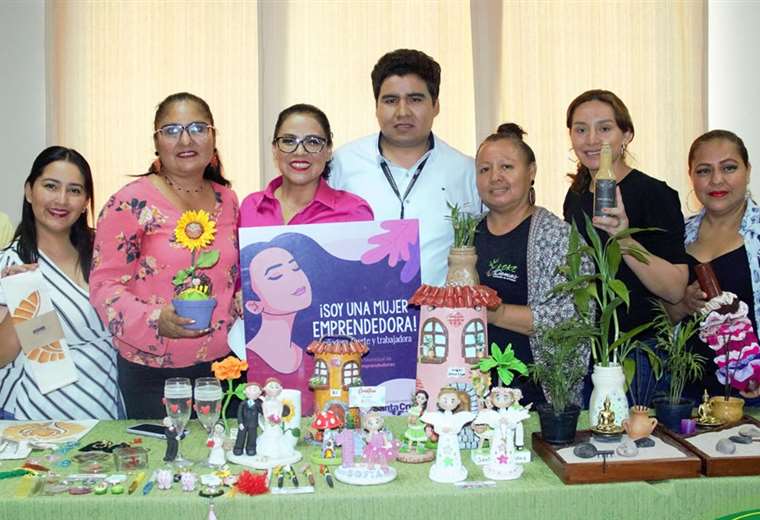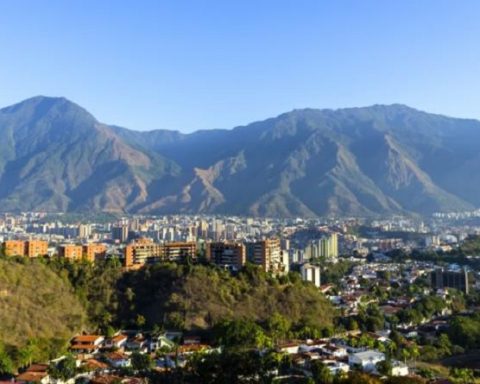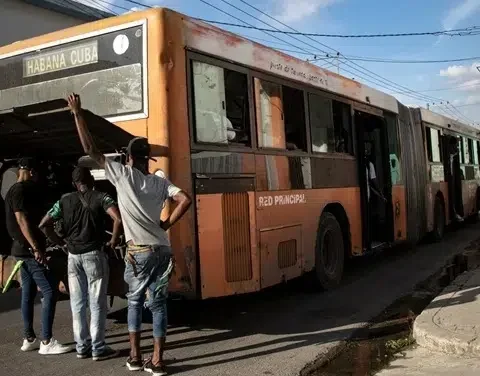Deer from the swamps, yabotí turtles, jaguars and giant river otters once again freely populate the El Impenetrable National Park (PN)through the work of the national and Chaco states and a foundation, which also contemplates the restoration of the native flora and, later, the return of the guanaco and the pampas deer, among other species that have become extinct during the last century.
The animals that the Park received and were released or are in a “pre-released” state are two swamp deer, 40 yabotí tortoises and three female jaguars to mate with the only free male registered in the area, which has already produced two cubs. that they will live in freedom.
The project for the reintroduction of the giant river otter was also approved and the reintroduction of the guanaco and the pampas deer, which have not been registered for more than 100 years, are awaiting approval by the National Parks Administration (APN).
The basis of this joint work of the provincial government -through the Chaco Tourism Institute and the Ministry of the Environment-, the APN and the Fundación Rewilding Argentina -which donated the land for the creation of the national park- is the Teuco (“river” in Qom language) field station, created almost three years ago by this NGO within the nature reserve.

A field technician and three biologists work there, one of whom is the team’s coordinator, Gerardo Cerón, who explained to Télam that the two swamp deer were rescued from captivity in Corrientes and are in a pre-release enclosure, waiting. of the approval of the reintroduction project of this species by the APN”.
The intention, he added, is “to release 30 individuals per year, from the Esteros del Iberá (Corrientes, where the NGO has another species reintroduction center), which is where the largest population in Argentina is.”
over 40 Yabotí turtles, the largest species in continental South Americawhich weighs 14 kilograms in the wild and 25 in captivity, said that “they were brought from rescue centers in Paraguay, quarantined in Corrientes and came to the park when all the studies were approved.”
“20 were released, which are developing very well, except for some that are a little underweight and are supplemented with a little fruit and vegetables, but the rest do not need it,” he explained.

Of the other 20 that are in pre-release enclosures, one died, “we assume that due to a matter of stress that led her to eat little and had a systemic failure, but the others are very well and we hope that with the spring rains availability will improve. of new fruits and shoots, to release them”.
“Some of the free tortoises have already laid eggs, with which we are entering the first stage of reproduction in freedom of this species within the Park,” said Cerón, and announced that the procedures have already been carried out to import another 40 tortoises from Paraguay.
The most important project is the reintroduction of the jaguar, perhaps because it is the largest American carnivore and because of its environmental role being at the top of the food chain, in addition to its captivating appearance and because it is an endangered species of which only one survivor is recorded in freedom in the Park: the male named Qaramtá.
This male was attracted by the presence of two females rescued from captivity, with one of whom he mated and two cubs were born (one male and one female) that grow without contact with humans and will be the first jaguars to be released in the El Impenetrable.

Teuco station
The Teuco field station was for the first two years a basic camp for exploration of the environments, paths, trails, places and their state of conservation.
Camera traps were then installed, satellite collars were placed on eight tapirs, the two marsh deer and the Qaramtá yaguareté, and similar devices were placed on the carapaces of the yabotí turtles; and a satellite video surveillance system was set up to monitor the jaguar cubs in the bush pens without them seeing humans.
During a visit to the Teuco field station, organized by Rewilding, Télam witnessed the monitoring tasks through a large screen that concentrates images from 16 trap and surveillance cameraswhich can be expanded to observe behavioral details of species and situations.
He also participated in the tracking and location of yabotí tortoises, together with Deborah Abregú, another station biologist, who demonstrated using a VHF system and a receiver with a satellite device that followed the signal from the shell chips.
After a walk through the mountains, the signal led to a point where there should be a specimen and, indeed, under a natural protection of branches and leaves was one of these reptiles brought from Paraguay.
Teuco station is in a large African-style tent set up by the foundationwhich also provided the equipment and specialized personnel, in addition to hiring some local baqueanos.

The task of the park rangers
The APN participates with the task of control, surveillance and security by park rangers, who They carry out constant tours of water and land to avoid illegal activities, especially hunting.
Park ranger Melisa Carmona explained to this agency that for this task they are guided by the Park Protection Plan, and said that they have “a lot of pressure from hunting and fishing in the north, with a lot of activity, because it is a very sensitive place, and lately we do more patrols”.
It is an area where hunters cross the Bermejo River from Formosa, where hunting and fishing are allowed.and they disembark in the Park or shoot from the river and then go in to collect the pieces.
On the other hand, he said that “what most attracts tourists to this park is the fauna; being able to go along the vehicular road and see or come across, for example, a collared peccary; or just knowing that in the park there are pumas, anteaters, a wild yaguareté, a large number of birds”.
The reintroduction of the jaguar advances
The project to reintroduce jaguars to El Impenetrable National Park is the great commitment of the joint work of the National Parks Administration (APN), the Rewilding Foundation and the Government of Chaco for restoration of the environment in that reserve.
For this they have Qaramtá, the only male in freedom registered in the Park, whose presence was verified by finding footprints, after which they brought a female to attract him.
When it was possible to capture it, a satellite collar was placed on it and then special enclosures were built where it could enter to mate with captive females, and where the young could grow until they were released, without any contact with humans, so that they could learn hunting skills from his mother.
Télam toured those corrals that house the Chaco mountain from the outside, where the females Isis and Tania live, in an area not enabled for the visiting public.
From the meeting between Qaramtá and Tania the puppies Nala, female, and Takajai were born.male, who at one year and nine months of age already weigh about 60 kilos, live separated from their mother and will be released when they are two years old, at which time their necks will be sufficiently developed to install the satellite collar to control their performance And don’t wander off into dangerous areas.
Isis did not agree to mate with any of the males that were introduced to her in Corrientes or with Qaramta, but her presence serves so that when she is in heat while Tania is pregnant, Qaramtá stays in that area of the Park, which is the safest.
“We also use it for the education of residents living near the Park, who are authorized to see it and are given talks that change their perception of the jaguar,” project coordinator Gerardo Ceron explained to this agency.
They temporarily have a third female, Mbareté, taken from the Esteros del Iberáwhich, unlike the previous ones, is releasable, and after crossing it with Qaramtá it is pregnant, and the idea is that when the puppies are a month old they will be returned to Iberá with her, to free them and increase the genetic diversity of the founding nucleus of that park.
“Now a new meeting between Tania and Qaramtá is authorized, to have more puppies through this system, by which the female in captivity teaches them to hunt and although she cannot be released, her offspring will be,” added Ceron. .



















